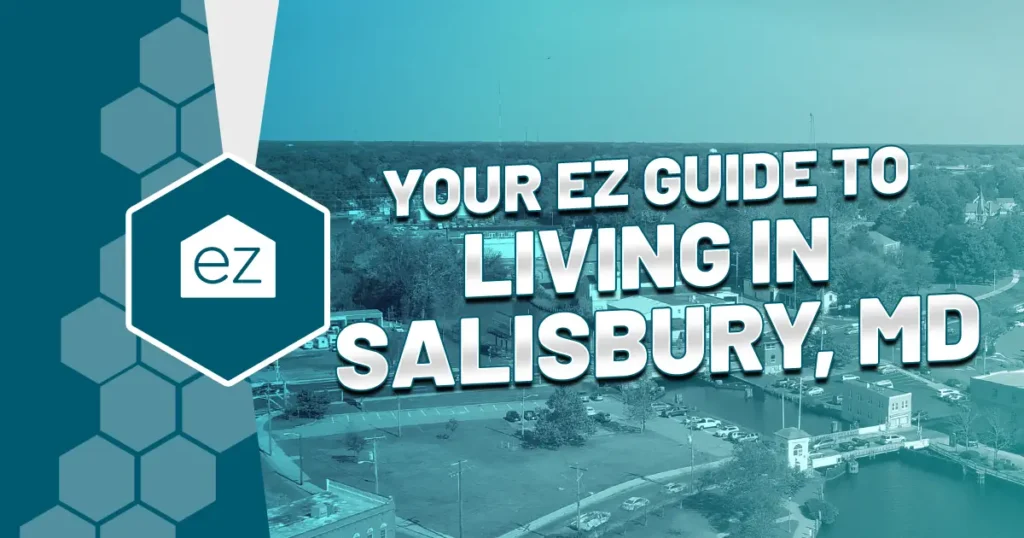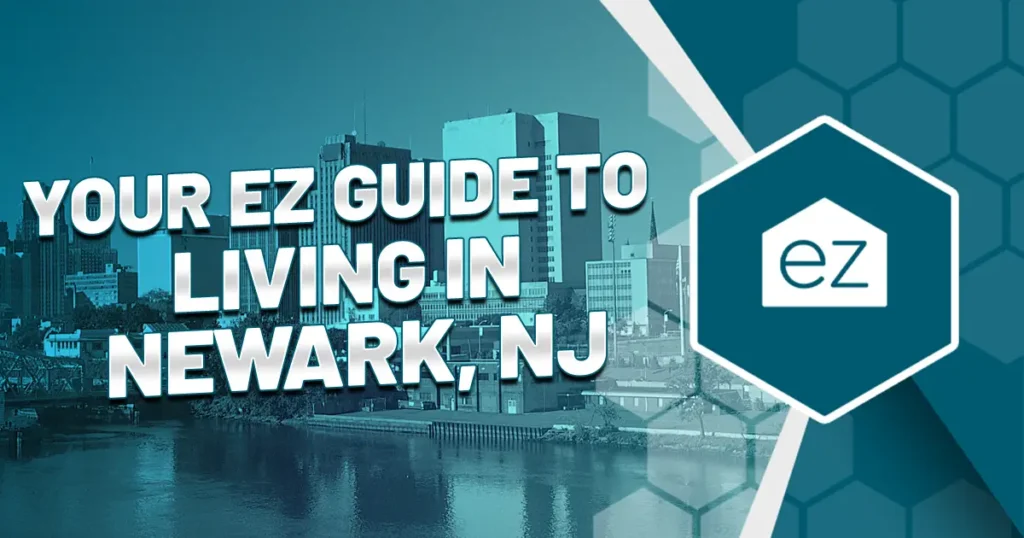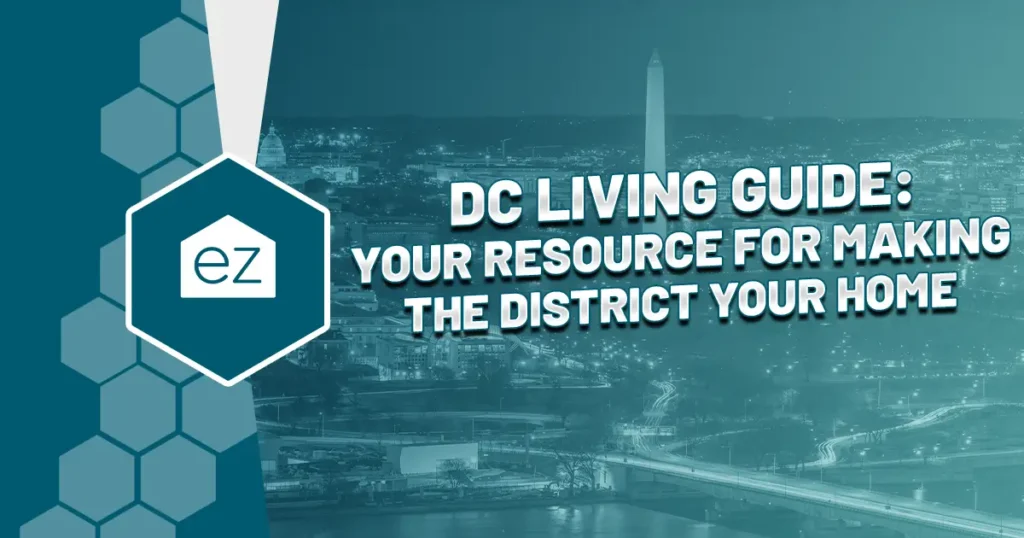Virginia vs. South Carolina: Which is the Better State?
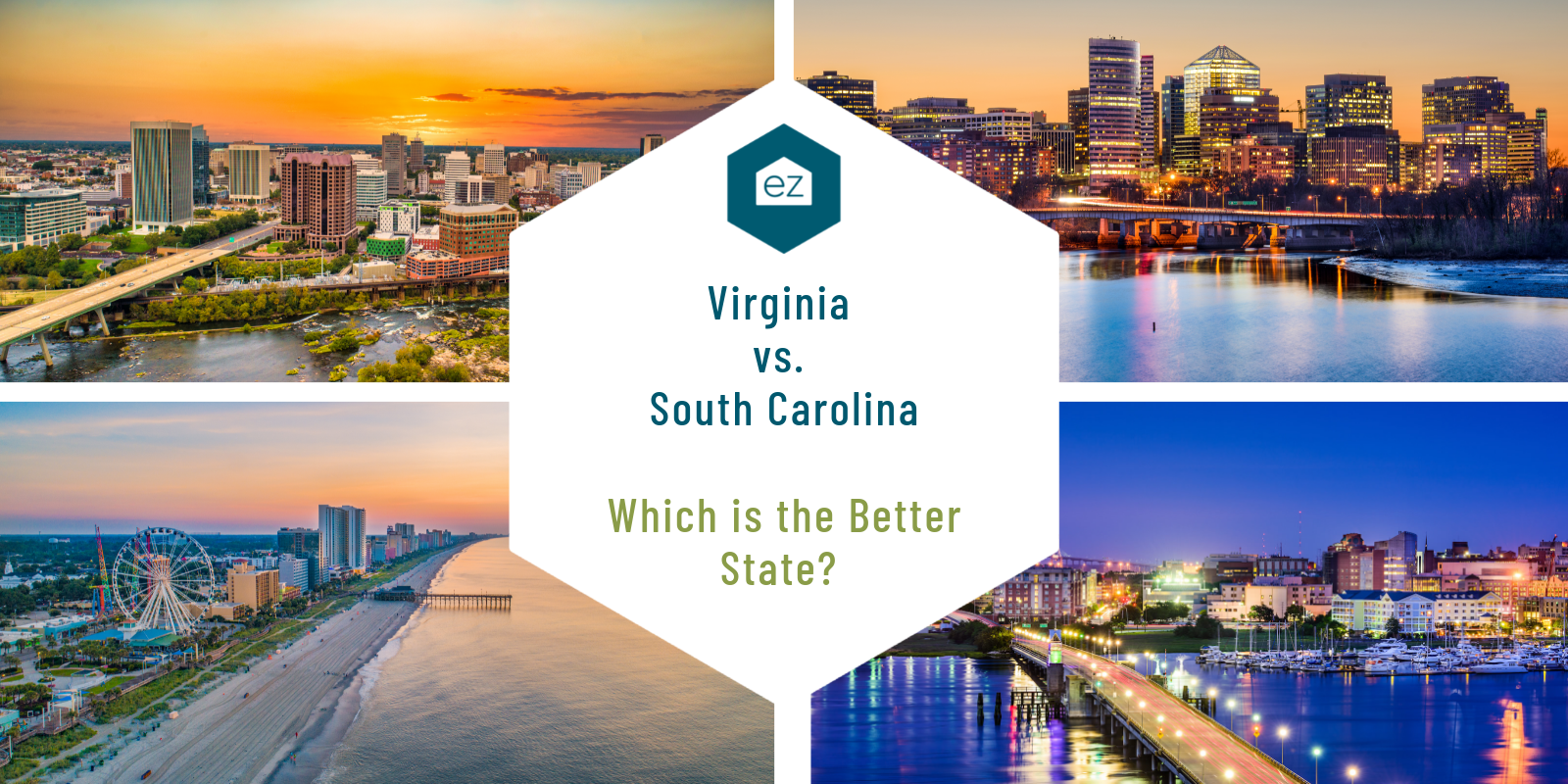
Virginia vs. South Carolina: Which is the Better State?
The southern United States is one of the fastest-growing regions in the country. Residents cite housing affordability, growing job markets, low cost of living, and the warm climate as reasons the area is the perfect place to consider living.
Two options are Virginia and South Carolina, which both have Atlantic oceanfront and popular beach destinations. Each has some distinct features that offer a different lifestyle.
If you’re thinking about living in Virginia or South Carolina, here are some details that will help you come to a confident decision about which state to choose.
Cost of Living
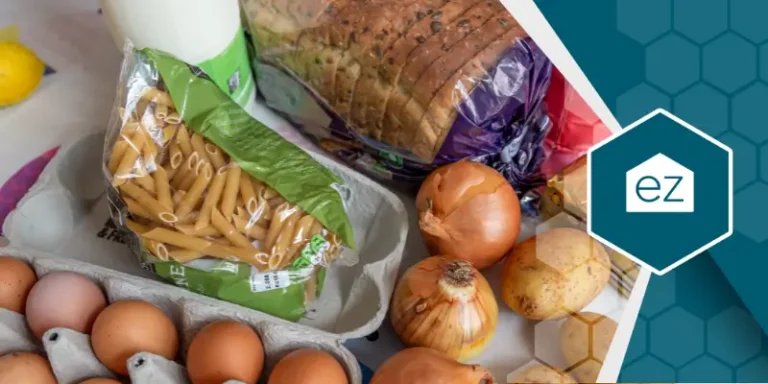
The Sperling Best Places index has developed a scoring system that helps compare the cost of living for two places. The national average is 100. Any score below the national average indicates an area’s goods and services are overall cheaper than the rest of the United States. Conversely, a score above 100 means they are more expensive.
States with a higher population see a higher demand for goods and services. Virginia’s population is about 3.4 million people in this case, and it has a higher overall cost of living, with a score of 103.7.
South Carolina has a smaller population, with an overall score of 88.5. It beats Virginia in several significant categories, including grocery, health, housing, and transportation. However, Virginia has South Carolina beat when it comes to utilities.
|
Virginia |
South Carolina |
|
|
Population |
8.5 million |
5.1 Million |
|
Median Property Value |
$329,200 |
$265,000 |
|
Median Household Income |
$76,398 |
$54,864 |
|
Homeownership Rate |
67% |
70% |
|
Overall |
103.7 |
88.5 |
|
Grocery |
99.6 |
95.8 |
|
Health |
102.4 |
102.3 |
|
Housing |
111.8 |
73.6 |
|
Utilities |
99.3 |
103.9 |
|
Transportation |
99.4 |
86.8 |
|
Misc. |
100.5 |
95.6 |
Do keep in mind that a state’s overall cost of living can vary depending on your specific region. Living in Colombia, SC will be less expensive than living in the resort town of Myrtle Beach, SC. Similarly, Virginia Beach will be more expensive than Petersburg, VA.
Population Growth

Considering the effect a state’s population can have on different aspects of living, it’s essential to research how quickly a state’s population is growing or declining. A growing state will likely feature a booming economy, new construction housing, and a wide variety of amenities—but you’ll pay more for them. On the other hand, a more rural state will be cheaper to live in, but you may have to travel farther for specialized amenities.
As of the 2020 census, Virginia’s population is 8,654,542 strong. It is the 15th fastest-growing state by population, adding over 650,000 new residents between 2010 and 2020. Here’s how that number breaks down in terms of age and diversity:
- 22% indicated they were 18 and under.
- 15% indicated they were 65 or older.
- 68% identified as white/Caucasian.
- 21% identified as black or African American.
- 11% identified as Latino.
In Virginia, the fastest-growing county in the state is Loundon. Prince William and Fairfax counties are currently the most populous.
South Carolina is much smaller than Virginia, at 5,118,425 total residents. Despite adding fewer residents between 2010 and 2020 (only 500,000), South Carolina is growing exponentially faster than Virginia and sits at no. 10 on the population growth ranking. In terms of age range and diversity, the state is similar to Virginia:
- 21% indicated they were 18 and under.
- 19% indicated they were 65 or older.
- 63% identified as white/Caucasian.
- 27% identified as black or African American.
- 6% identified as Latino.
Outdoor Recreation
When it comes to outdoor recreation, neither state is lacking. Both feature miles upon miles of the Atlantic coastline. Inland, you’ll find no shortage of opportunities for picnicking, hiking, biking, and everything in between.
Being farther to the north than South Carolina, Virginia often experiences the extremes of all four seasons. Similarly, it features a wide variety of terrain, from the Blue Ridge Mountains’ rocky peaks to the Chesapeake Bay’s sandy shores. There is a range of recreational opportunities available between its 41 state parks, 63 natural areas, and 670 miles of trails.
The Chesapeake Bay also grants the state much more coastline than surrounding areas: a whopping 7,213 miles! Finally, over 36 lakes and ponds allow recreational activities such as fishing, boating, swimming, and more.
Virginia’s national parks are well-known for their stunning views of the surrounding landscape. Shenandoah National Park is home to Skyline Drive, a long, narrow stretch of road that spans the ridgeline of the Blue Ridge Mountains. Similarly, the Blue Ridge Parkway is America’s longest park, beginning in Virginia and spanning 469 miles into North Carolina.
Smaller national parks include Great Falls on the banks of the Potomac, and Prince William Forest Park, the largest protected area in the DC metro region.
If you’re looking for the luxury of waterfront living and the privacy of a rural area, you might consider one of the state’s many lakes and reservoirs. With 800 miles of shoreline and two state parks, the John H. Kerr Reservoir is the largest in the state. Other popular lakes for living and recreation include Claytor Lake, Lake Gaston, Lake Anna, and Smith Mountain Lake.
The legendary Virginia Beach completes any discussion of recreation in the state. Featuring resort-quality amenities, entertainment, and dining, the beach is one of the most popular destinations in the state. Other, less crowded options include Cape Charles and Sandbridge.
The Blue Ridge Mountains extend south through North Carolina and into the northwest region of South Carolina. You’ll find lands for hiking, bouldering, backpacking, kayaking, paddle boarding, and whitewater rafting along the Chattooga River.
Other options for water-based recreation in South Carolina can be found on the largest lake in the state, Lake Marion. This massive lake, referred to as an “inland sea,” features 315 miles of shoreline and spans over 100,000 acres of land—so there’s no shortage of swimming, fishing, boating, and more.
If you prefer drier recreational activities, South Carolina has you covered with its 47 state parks and over 300 miles of trails for hiking and biking. Some of the state’s notable parks include Congaree National Park, home to the tallest trees in the Eastern United States, Hunting Island State Park, the most-visited state park, and Table Rock State Park, featuring over 15 miles of trails throughout 356 acres of land.
Of course, no discussion of South Carolina recreation would be complete without mentioning Myrtle Beach. Not only is it one of the biggest tourism centers in the country, but it’s also the second-fastest growing metro area in the United States! It’s easy to see why: it is home to countless shops, malls, theaters, parks, restaurants, and, obviously, miles of beaches.
Myrtle Beach is part of a much longer, 60-mile-long shoreline called The Grand Strand, also known for its world-class golfing. There are over 100 golf courses in the greater area. However, the most celebrated is the more inland Pinehurst Golf Resort. This world-famous set of nine 18-hole courses has hosted several tournaments such as the Ryder Cup, US Amateur Championships, US Women’s Open, US Open, and even a PGA Championship.
City Living

Aside from ample rural living and recreation opportunities, both states have several urban areas you might consider calling home.
With a population of 463,766, Virginia Beach is the most populous city in Virginia. Aside from many outdoor recreational opportunities, the city is also home to plenty of shopping, dining, and entertainment options, including its world-famous, three-mile-long boardwalk. Here you can find Neptune Festival Park and several museums and bars. The city also hosts the yearly East Coast Surfing Championships and the American Sand Soccer Championship.
Second to Virginia Beach is the independent city of Chesapeake, with a population of around 249,000. Stretching over a vast 351 square miles, it is one of the most expansive cities in the country. It features a wide range of geography and a diverse population. In 2011, Chesapeake ranked 21st in Businessweek’s Best Cities in the Country list.
Virginia’s capital Richmond is the third-most populous city in the state and home to Virginia Commonwealth University and the University of Richmond, as well as eight Fortune 500 companies, including Carmax and Universal.
One thing that’s not obvious if you look at individual municipal populations to judge size is the suburbs of Washington, DC. Northeast Virginia is part of the DC-Maryland-Virginia or DMV metro. As a region, it is the most populous part of the state.
The largest city in South Carolina is Charleston, with a population of around 150,000. Its downtown area features stunning views and plenty of waterfront from its place on a small peninsula. The city is steeped in history and known for its unique combination of French, English, West African, and Southern US cultures. It is home to several colleges and universities, including the College of Charleston, Charleston Southern University, and the Charleston School of Law, among others. Historical landmarks include Magnolia Plantation and Gardens and Fort Sumter National Park.
South Carolina’s capital, Columbia, is its second most populous city. As of the 2020 census, it is home to 136,632 people. The city is known for several nearby military facilities, including the largest Army Basic Combat Training installation, Fort Jackson. Columbia also has a thriving entertainment industry, with notable stage theatres and cinemas calling the city their home. The state’s public university, the University of South Carolina, is also in the town.
Education

According to the US News and World Report, Virginia sits in 10th place for public K-12 schools. Conversely, South Carolina is one of the lowest-ranked states in the nation in K-12 schools at 42nd place.
Virginia is ranked 17th in higher education and has its fair share of well-known universities and colleges, including the College of William and Mary, Virginia Tech, and the University of Virginia.
Again, South Carolina comes up short in higher education, in 45th place. The largest university in the state is the University of South Carolina, with Clemson University, Trident Technical College, and Greenville Technical College not far behind.
Climate
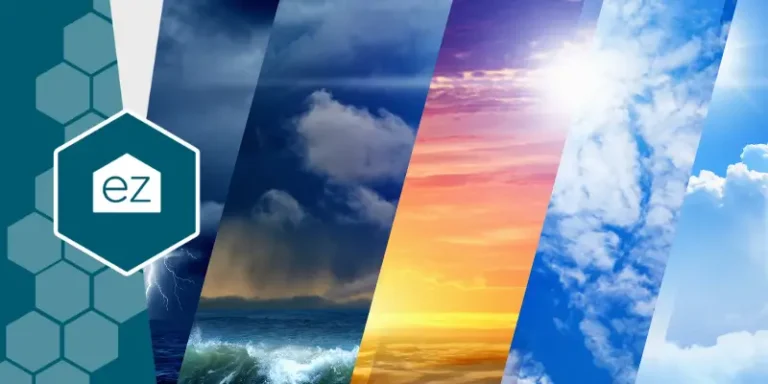
East of the Blue Ridge Mountains, Virginia’s eastern edge sees a primarily subtropical climate. Compared to other southern states, the winter months report colder temperatures due to its farther north latitude. Averages in the winter reach as low as 25F. Summers in Virginia are also comparatively milder, with highs averaging in the mid-80Fs.
The humid continental climate west of the Blue Ridge Mountains sees drier, harsher seasons. While the rest of the state has its fair share of snowstorms caused by cold-air damming in the Appalachians, this region experiences the most snowfall in the state. Overall, winters vary wildly, with an average of only 10 inches per year.
Also common in Virginia are thunderstorms and tornadoes, particularly during spring and summer. Tropical storms are at risk of landing on the east coast.
Considering the state is much farther south, it should be no surprise that most of South Carolina is significantly hotter than Virginia. Ranking as the eighth hottest state in the country, it can see temperatures average in the low-to-mid 90Fs during the summer months. Similarly, winters are much milder, with southern regions of the state averaging only 2 to 6 inches. The northern areas see a bit more, about 7-12 inches.
Like Virginia, the state is prone to thunderstorms, tornadoes, tropical storms, and hurricanes.
Real Estate Taxes

In both states, property taxes will vary slightly depending on your municipality. Properties are regularly assessed at market values depending on the state and county’s reappraisal schedule, and the amount of tax owners are required to pay is based on this appraisal.
Property taxes in Virginia are well below the national average, with one mil equaling $0.86 per $100 of appraised value. All homes are taxed at 100% of assessed value, and most counties or municipalities charge taxes twice a year. Additionally, disabled and elderly residents (65 or older) qualify for 50-100% exemptions on taxes, depending on their income.
In South Carolina, property owners are taxed at 6% market value unless they apply for a primary home resident rate with their county, which brings it to 4%.
County and town tax rates can vary but average around 0.57%.
Taxes for Retirees

In Virginia, retiree income tax is taxed at 5%, with pension income and retirement account withdrawals only partially taxed. In addition, there are no taxes on social security. The state also offers an age-based tax deduction. Residents born on or before January 1st, 1939, can subtract a flat $12,000 from their taxable income. Residents born after can subtract an amount based on their income.
Conversely, retirement account withdrawals are subject to South Carolina and federal taxes. Public pension income is also taxed, although private is only partially taxed or may be exempt. There are no taxes on social security in South Carolina.
$10,000 in pension or IRA retirement income can be deducted, and up to $15,000 in state taxes. Additionally, elderly homeowners can qualify for a $50,000 homestead exemption if the property has been their residence for one year.
Job Markets

Manufacturing, Utilities, Transportation, Trade, Information, Professional and Business Services, and Leisure and Hospitality are the top industries in Virginia. Top employers in the state are all in the Fortune 500, including Markel, Dominion Energy, CarMax, Altria Group, and Performance Food Group. Like the rest of the country, unemployment is improving in Virginia at a lower-than-average rate of 2.7%.
South Carolina unemployment has stagnated recently but remains below the national average of 3.2%. Top industries in the state include Trade, Transportation, Utilities, Leisure and Hospitality, Government, Manufacturing, Financial, Professional and Business Services, Education and Health Services, and Information.
Sports

Virginia is the largest US state without any major league team to call its own. However, several minor-league professional teams call the state home, including the Richmond Elite (basketball), the Richmond Flying Squirrels (baseball), and the London United FC soccer league. Virginia also hosts two major-league teams representing Washington, DC: the Capitals (NHL) and the Commanders (NFL).
Similarly, South Carolina has no major-league sports teams. Residents tend to follow North Carolina’s teams, including the Hurricanes (NHL) and the Bobcats (NBA). The University of South Carolina’s Gamecocks compete in football and basketball, among others.
Southern Hospitality and Culture

These two states are well-known for exemplifying the charm and hospitality so commonly associated with the American south. Southerners are well-known for their strong sense of tradition, community, and small-town pride. You will undoubtedly find friendly, hospitable, and welcoming residents in both states.
Being farther north, some may prefer the eclectic mix of cultures found in Virginia, which is partially influenced by its northeastern neighbors and proximity to Washington, DC. North Carolina has a significant influence here, and you’ll find some of the state’s world-famous vinegar-based BBQ in Virginia. Another famous flavor from this region is Old Bay seasoning, found in many seafood dishes in the Chesapeake Bay.
South Carolina is consistently ranked as one of the friendliest places in America. It is growing faster than Virginia and shows no signs of slowing down. It is also home to a strong entertainment industry, and many major Hollywood films shoot in and around the region.
Choosing Between Virginia and South Carolina
As you can see, both Virginia and South Carolina offer a variety of desirable living opportunities, both urban and rural. It will all come down to the fine details and cultural influences you’re looking for.
Make sure you do plenty of research before purchasing a new property in any state. We recommend contacting a local real estate agent to explore your options.
Start Your Home Search
Preston Guyton
Share this Post
Related Articles
Living In
Your EZ Guide to Living In Salisbury, MD
Living In
